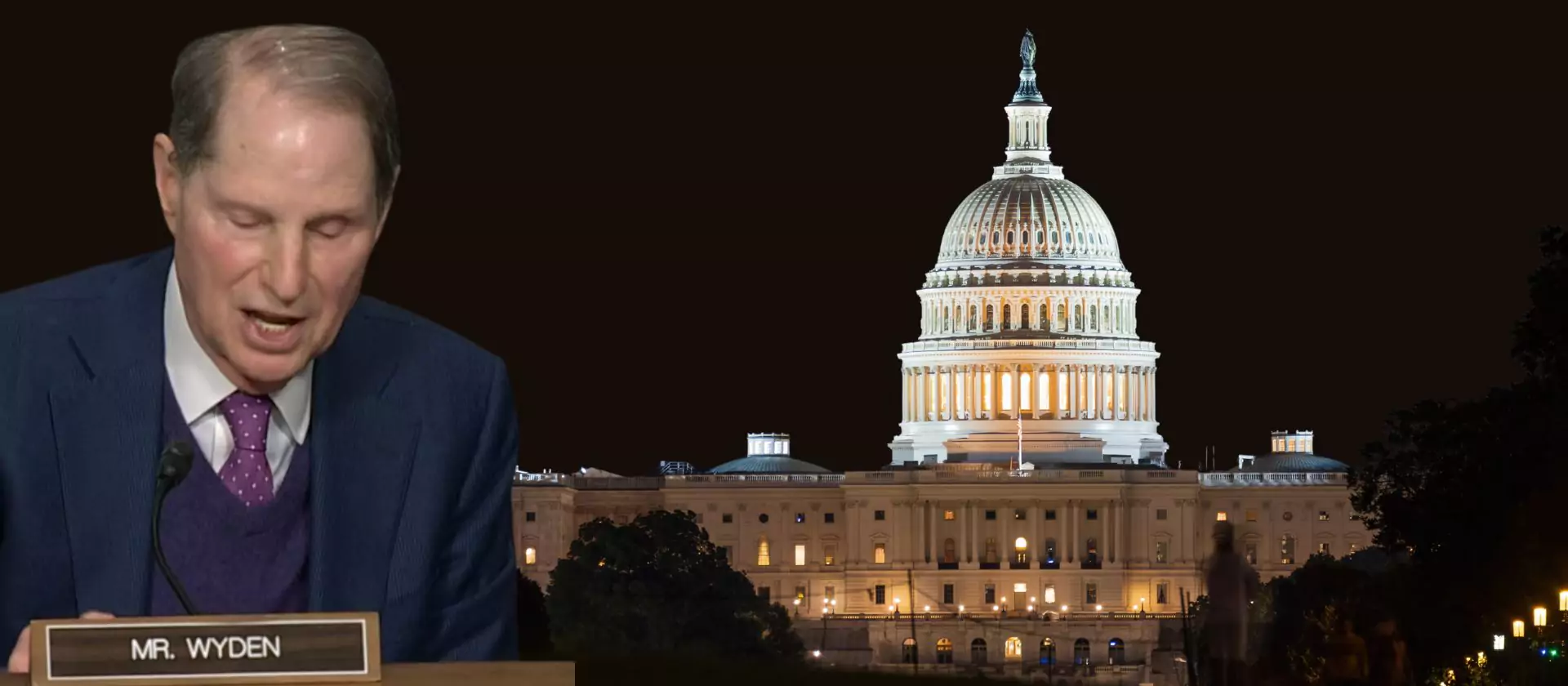News Release
After rising along with the minimum wage between 1997 and 1999, the wages of Oregon’s low-paid workers are once again falling. A new study by the Oregon Center for Public Policy (OCPP), Getting the Raise They Deserved: The Success of Oregon’s Minimum Wage and the Need for Reform, shows that Oregon’s minimum wage increases brought wage gains to thousands of low-paid workers without damaging their employment opportunities. As the purchasing power of the minimum wage has been eroded by inflation, however, these gains have been reversed, returning low-paid workers to the declining wage trends of the 1980s and mid-1990s. New legislation introduced into the Oregon Legislative Assembly, House Bill 2786 by Representatives Diane Rosenbaum and Bill Morrisette, would prevent the erosion of the minimum wage by indexing its value to inflation.
The OCPP study documents that:
-
- Workers at the 10th percentile of the wage distribution (90 percent of workers had higher earnings) experienced a 22 percent increase in their wages, after adjusting for inflation, between 1996 and 1999. These workers’ wages had fallen 7 percent between 1994 and 1996, prior to the first minimum wage increase. Since 1999, 10th percentile wages have fallen by three percent.
-
- As many as 16 percent of all workers were affected by the minimum wage increase, with 177,000 workers being brought up to or above $6.50 between the first quarters of 1998 and 1999.
-
- Real hourly starting wages for former welfare recipients, which rose with each step of the minimum wage increase, began to fall in 1999 as inflation began to take a toll on the minimum wage.
-
- Workers affected by the minimum wage increase are disproportionately low-income, minority, and female with low levels of education.
“The study shows that while a rising minimum wage can bring wage gains to low-paid workers, those gains are lost when inflation is allowed to erode the floor set by the minimum wage,” noted Jeff Thompson, an economist with the Oregon Center for Public Policy and co-author of the study. “The minimum wage increases were good news for Oregon’s working families. With the minimum wage falling behind inflation, the good news is becoming history for Oregon’s low-wage workforce.”
According to the study, none of the evidence indicates that employment opportunities were harmed in the years following the minimum wage increases. Employment rates have risen for young workers with low-levels of education, and low-wage employers continued to face labor shortages. “Instead of firing workers, industries that tend to pay the minimum wage have had a tough time finding and retaining workers, because they still pay too little,” said Thompson.
“The study shows that the beneficiaries of the minimum wage increase are those workers who really need it,” noted Thompson. The median household income of affected workers, those with wages at or slightly above the minimum wage, was just $24,000, 40 percent below the median household income of the rest of workers. Fifteen percent of affected workers were Hispanic, compared to just six percent of other workers.
State Representative Diane Rosenbaum noted that indexing the minimum wage to inflation also benefits employers. “Indexing is a moderate change in current law that will take the unpredictability out of the fights to arrive at a minimum wage figure that is fair,” said Rosenbaum. “Indexing gives employers a rational and predictable approach to budgeting for future increases while ensuring the voters that their effort to raise the minimum wage is not eroded by economic forces.” Rosenbaum led the campaign for the 1996 ballot measure that raised Oregon’s minimum wage.
“Contrary to popular myth, most affected workers are not teenagers,” said Thompson. Data presented in the study show that just one quarter of affected workers were teens, while 55 percent were age 25 and over. Affected workers also demonstrate considerable attachment to the workforce. Most were employed full-time and fewer than one in five worked less than 20 hours per week.
According to the study, the minimum wage increase did not just help minimum wage earners. Workers at the 15th percentile, with wages 50 cents above the minimum wage level, also experienced gains due to the minimum wage increase. “The study gives further credence to the argument that a minimum wage increase has a ‘ripple effect,’ raising the wages of workers with earnings modestly above the minimum wage,” said Thompson.
The OCPP estimates that if HB 2786 is enacted it would raise the minimum wage to $7.03 on January 1, 2002.
The Oregon Center for Public Policy is a non-profit research organization that analyses budget, tax, and public policy issues important to low- to moderate-income Oregonians, the majority of Oregonians.








